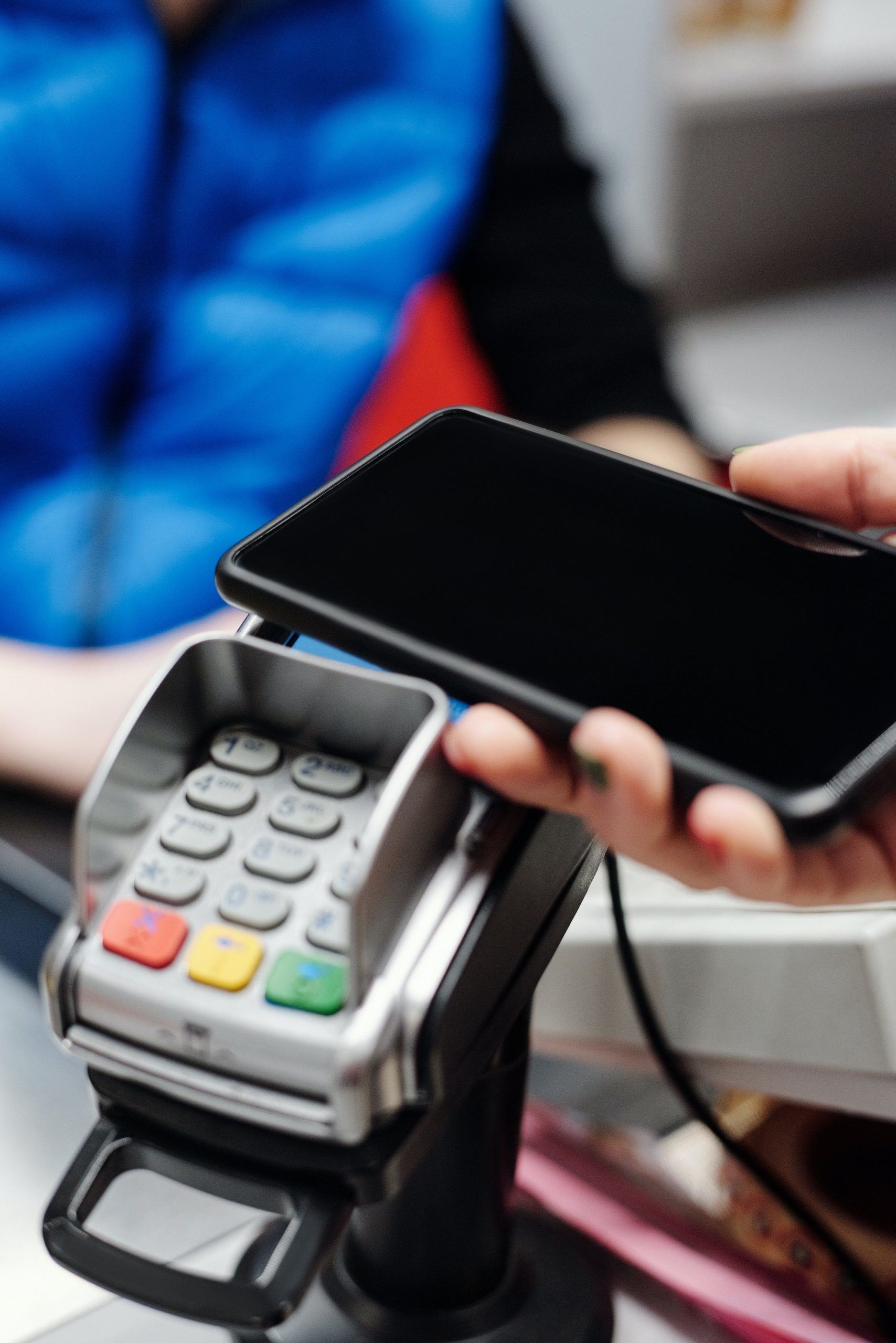Running Restaurants After COVID-19 Recovery: How Does Contactless Payment Work?

The spread of COVID-19 has forced many retail outlets to make changes to their day-to-day operations. Here running restaurants after COVID recovery. Some of the changes in the hospitality industry include reduced restaurant capacities to facilitate social distancing, and encouraging customers to use delivery and/or take out options.
Another change that has also been implemented in many places is the use of contactless payment systems. These offer customers a safe and convenient way to pay for their food orders without coming into direct contact with restaurant staff or cash registers at the restaurant location. Let’s take a closer look at the various contactless payment options and how they can be used for running restaurants after COVID recovery.
Why are Contactless Payment Methods Needed?
Before discussing the many contactless payment methods used by restaurants during the pandemic, it is important to understand why this special arrangement is needed.
The Coronavirus is believed to spread through direct contact between individuals, such as when customers interact with staff at cash registers. However, COVID-19 germs can also be transferred to surfaces that others come into contact with.
This makes physical currency a possible virus carrier, as it frequently changes hands and is often kept in indoor spaces that may be close to infected individuals. To combat this problem, many retailers are encouraging customers to opt for contactless payment methods such as contactless cards, online payments, and mobile wallet payments.
Contactless Card Payments
Contactless cards have existed for many years; however, they have become more popular during the current pandemic. These are debit and credit cards that can be used for payments by tapping or holding them a few centimetres above a payment terminal at a retail outlet.
Contactless cards look similar to ordinary payment cards, but they contain a chip that emits radio waves. The card’s plastic housing works as an antenna that establishes a wireless connection with the payment terminal. This saves customers the trouble of having to insert their card into the card slot and typing their pin to complete the transaction.
However, this convenience does come with some drawbacks. If you were to lose your contactless payment card, someone else could use it for purchases without needing to know your private pin. To combat this issue, banks set an upper limit of £30 for contactless payment transactions. This limit has since been increased to £45 during the pandemic.
Online Payments
Another contactless payment method is online payments. With this method customers can order their food items through the restaurant’s website and pay for it using their debit or credit card details.
Customers simply need to enter their name, card details, and address to complete the payment. The restaurant website then uses a secure payment portal to contact the customer’s bank to complete the transaction. The payer is immediately informed if the payment method has been approved or not.
This method of transaction is useful for ordering food items from restaurants in-advance, so that they can be picked up at the outlet or delivered without interacting with payment terminals.
The advantage of using this method is that there is no upper limit for transactions, other than the one set by the restaurant itself. The restaurant can also get in touch with customers via the phone to verify that they have placed an order.
The drawback of using this method is that it is less useful for transactions made at the location itself. Customers may be able to access the restaurant website on their phones and enter their details through it, but it would be a tedious process.
Mobile Payment Methods
Another recent innovation in contactless payments are mobile payment methods. These use mobile phone apps such as Google Pay, Apple Pay, and Samsung Pay to complete payments without touching payment terminals.
These digital wallet services are easy to use once they are set up. Users typically need to link the app to their debit card, credit card, or their bank account before using them. The steps for setting up Google Pay are outlined below.
Now that Google Pay has been set up, you can make payments in-store using the following steps:
Are you a restaurant manager struggling with leveraging social media platforms for your restaurant marketing? Do you feel you're not tech-savvy and find it difficult to use social networks to maximize your revenue? Well, you need not worry. You have come to the right place!
Though restaurant marketing plays a vital role in attracting customers, it is also your magic key to making it big in the business world. Being a restaurant owner, expanding and growing your business are goals you look forward to every day – you've probably dreamt about having your restaurant franchise or chain. To do that, you need astounding restaurant marketing!
Here are quick and easy steps to follow and get your restaurant marketing at par with the professionals. You'll make it big in no time.
Check this other blog post too.
